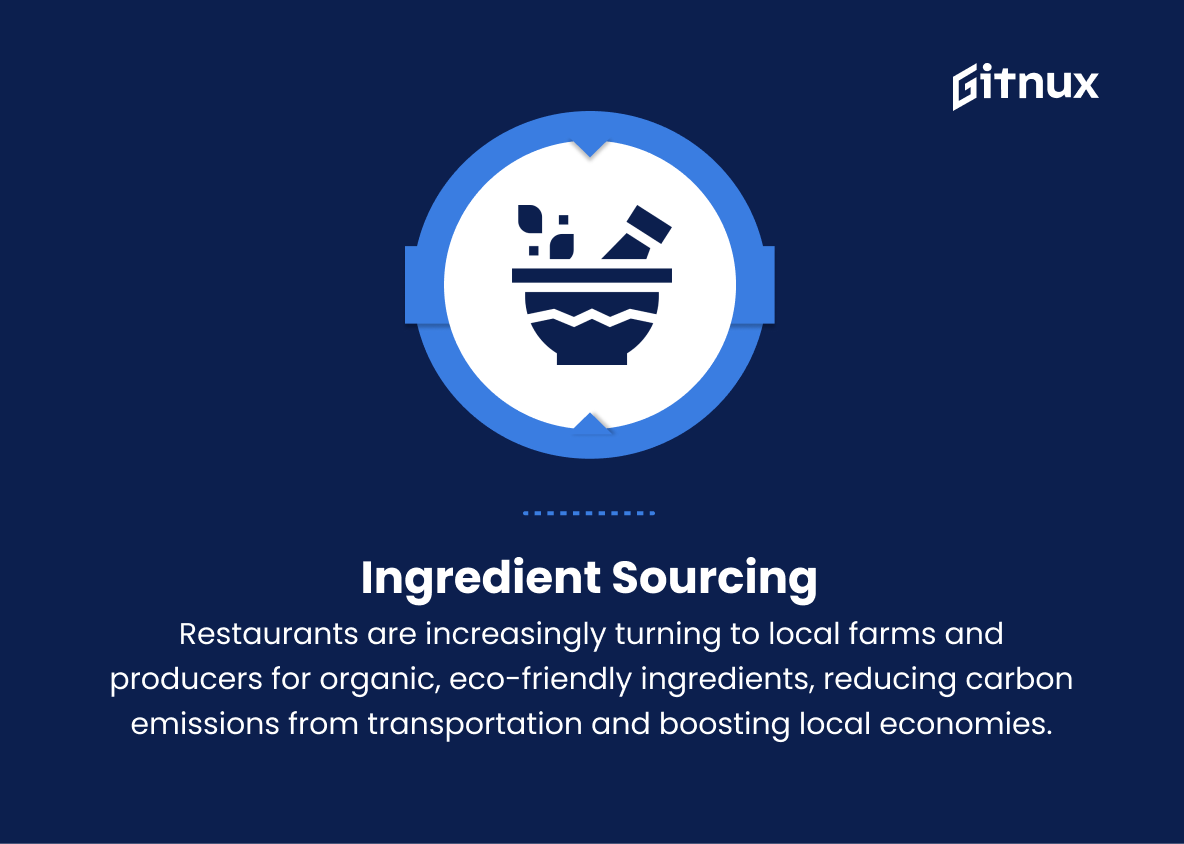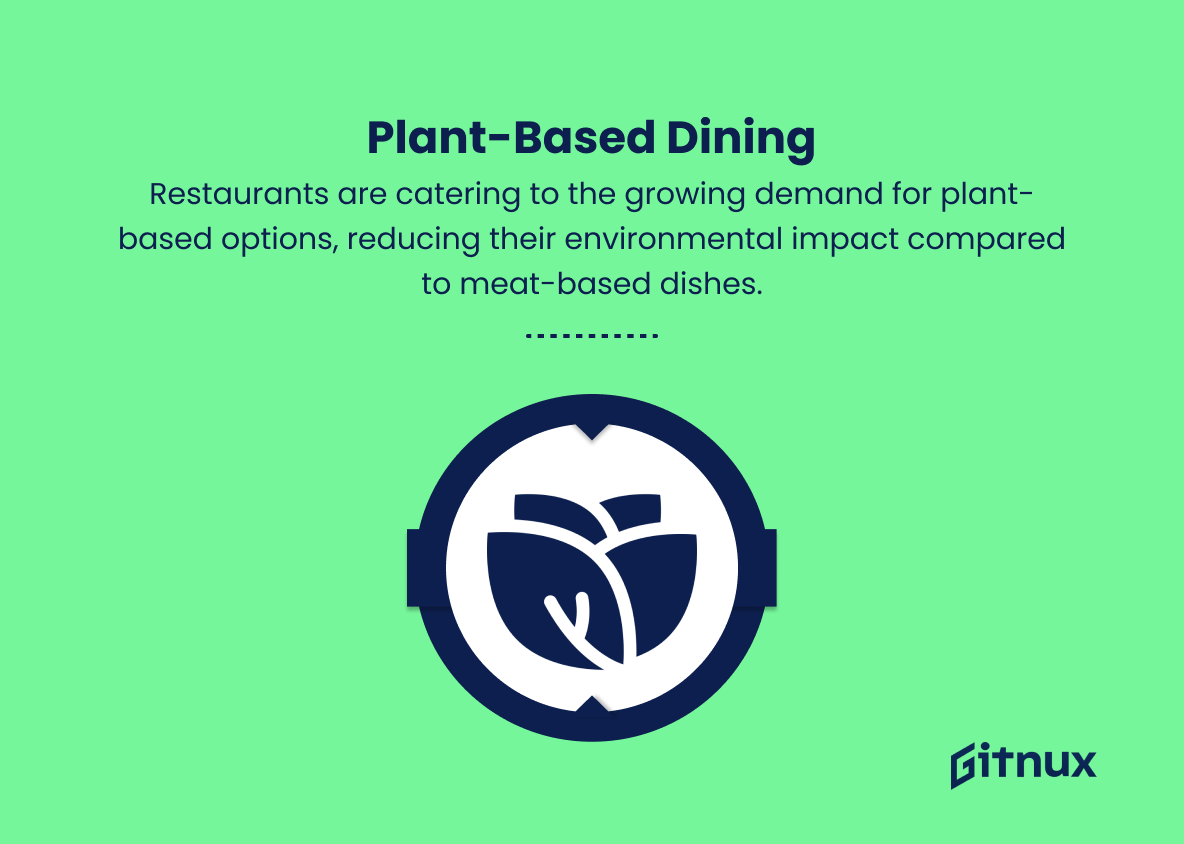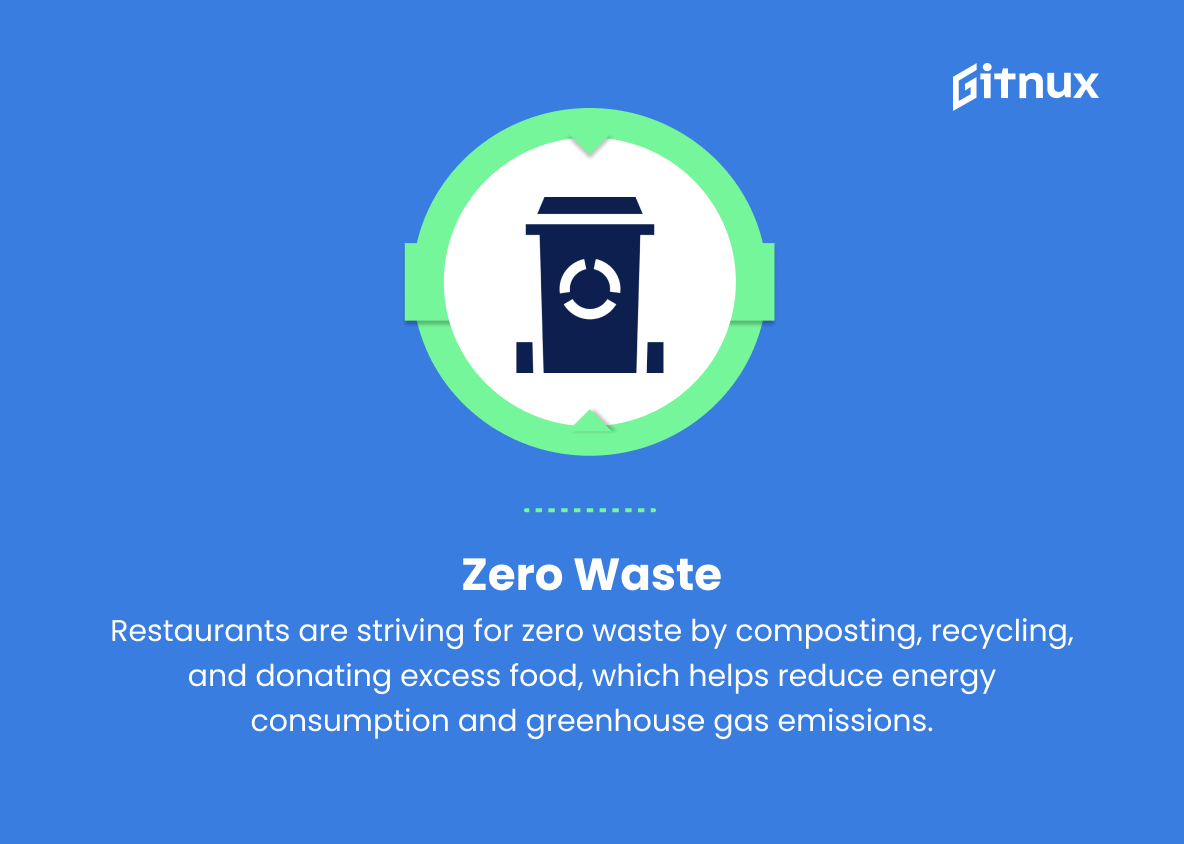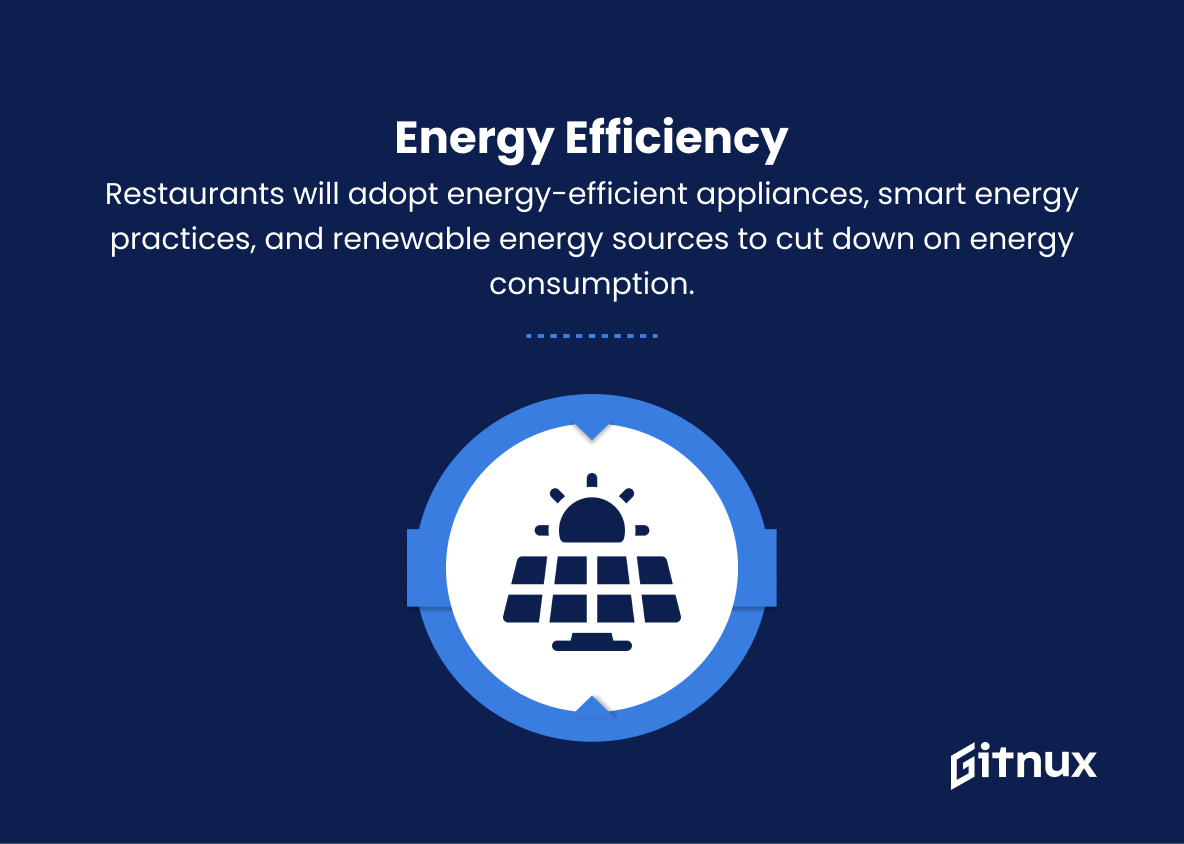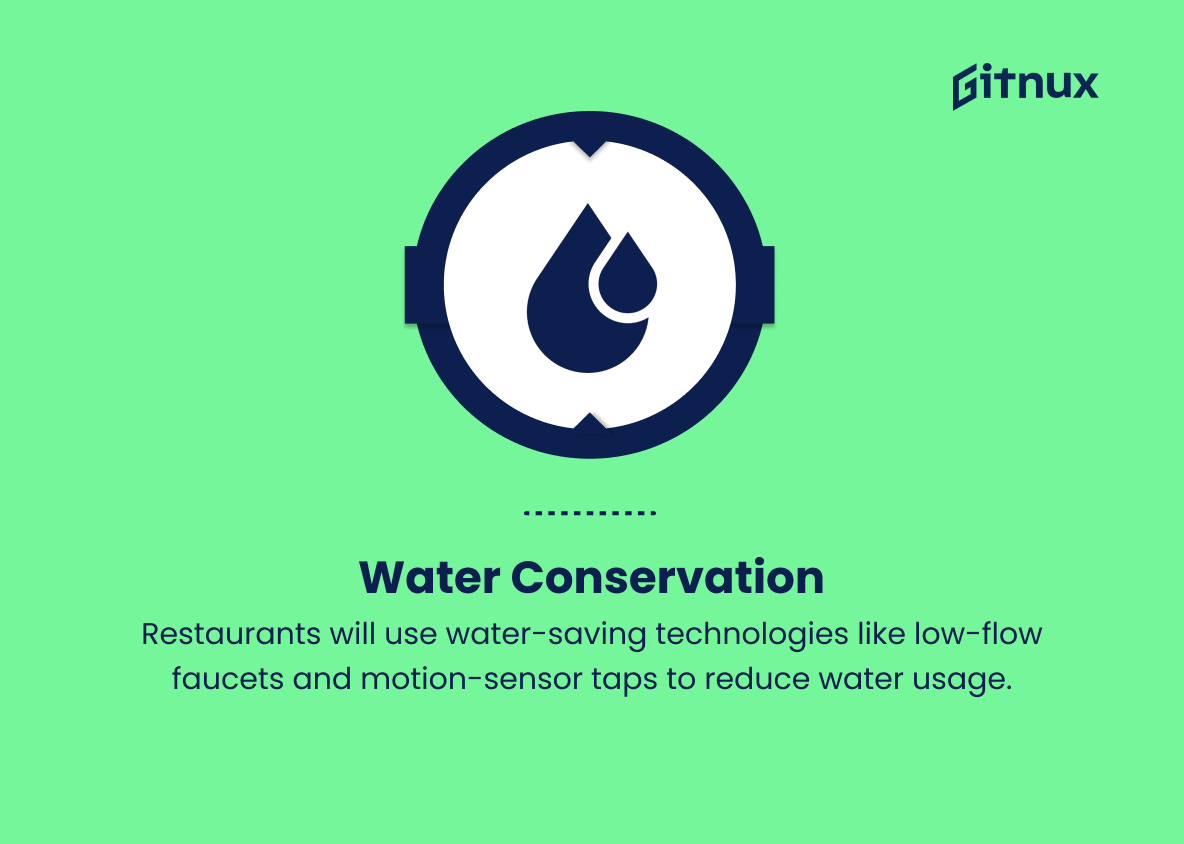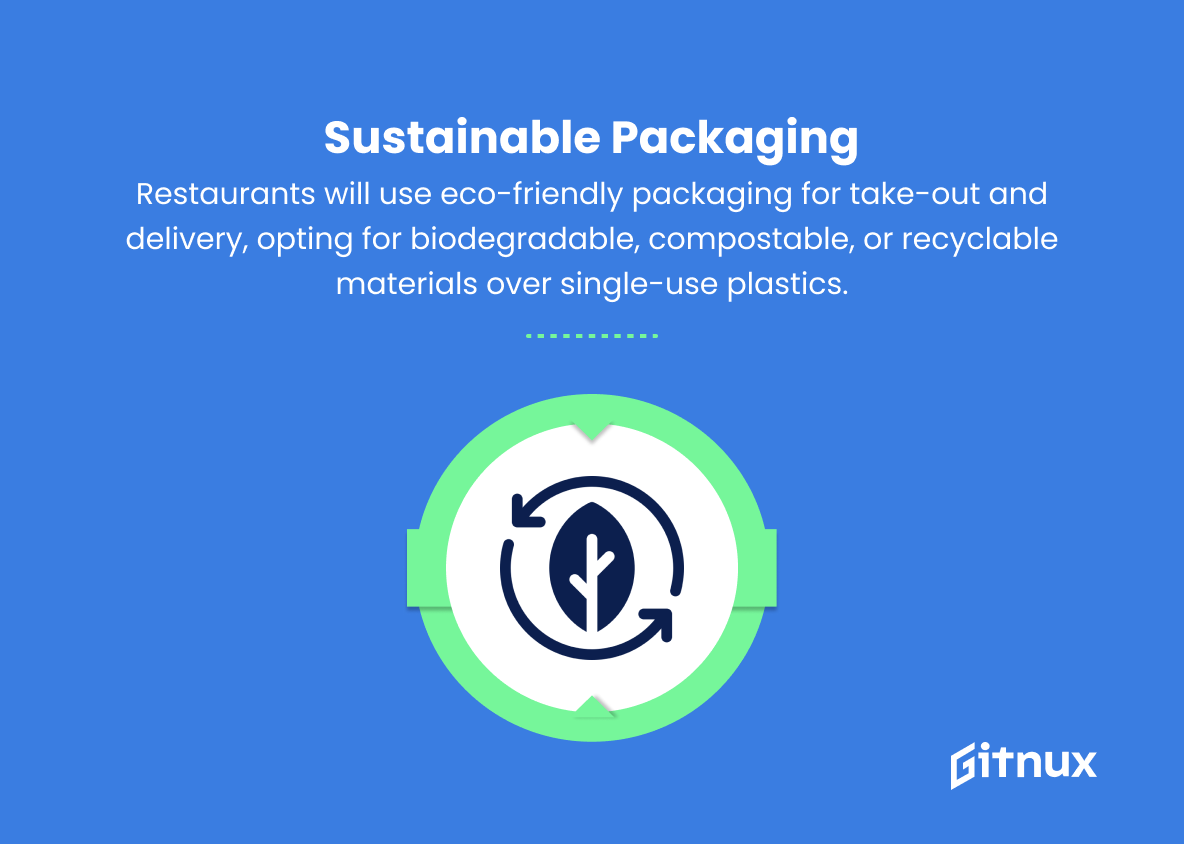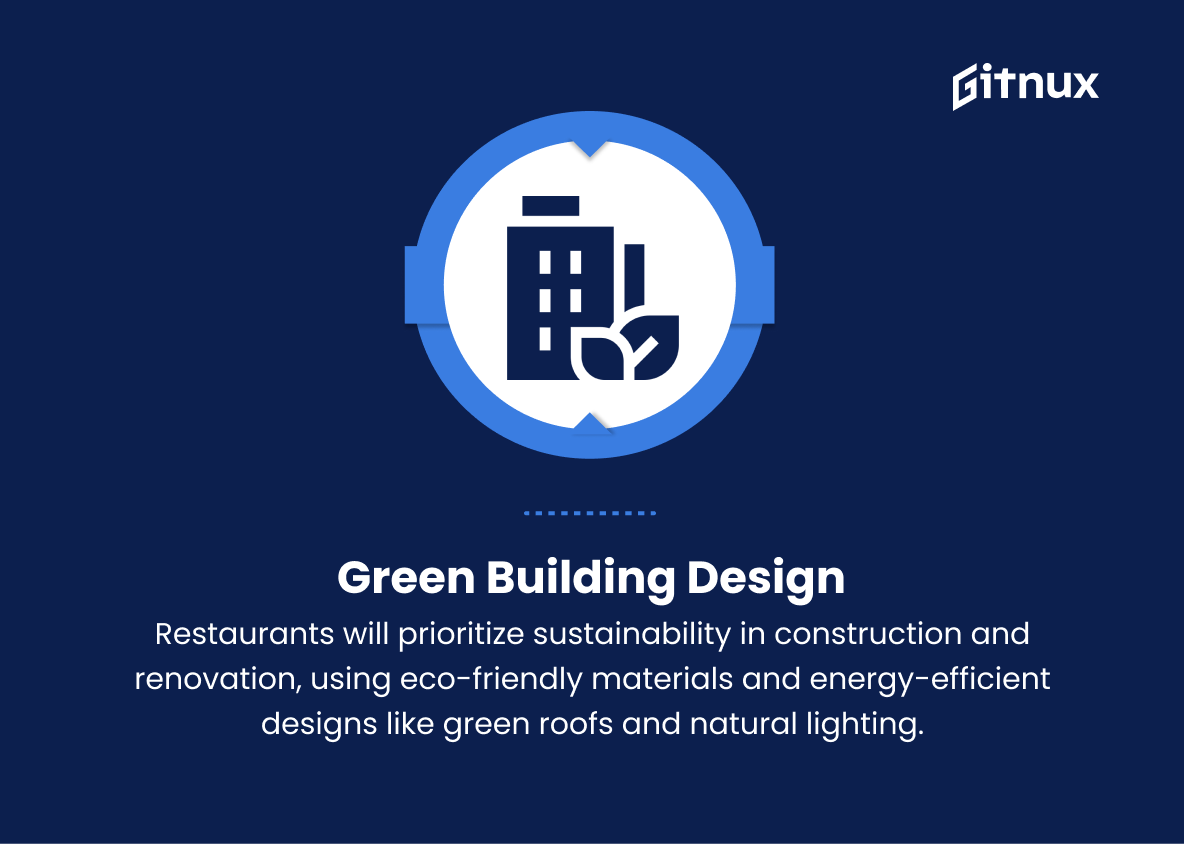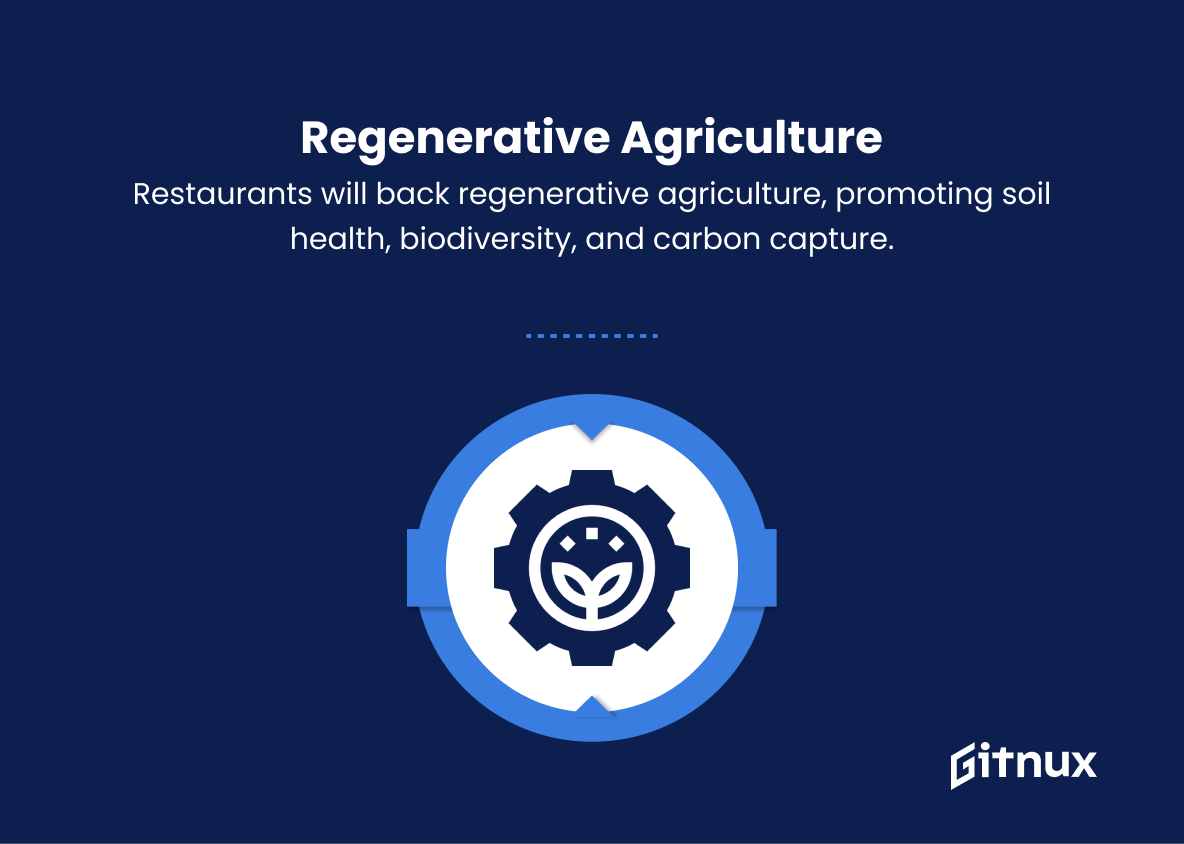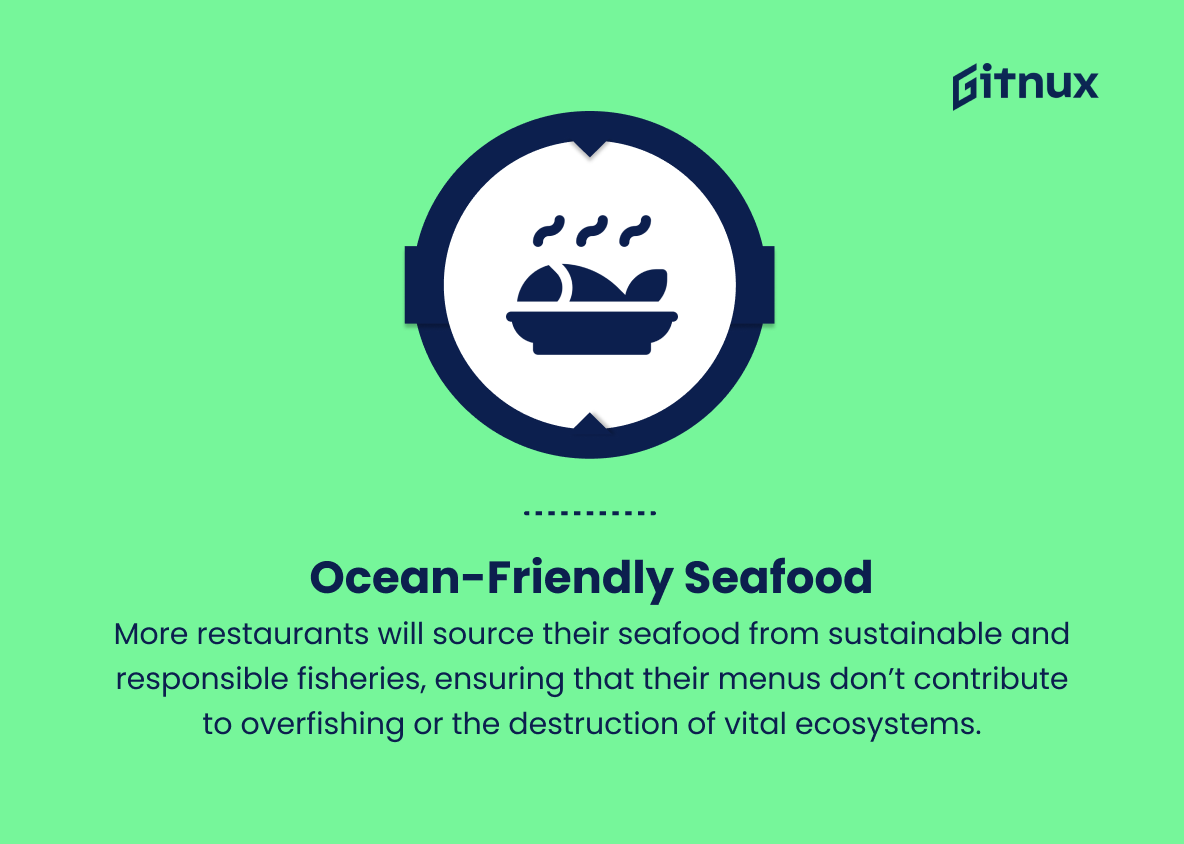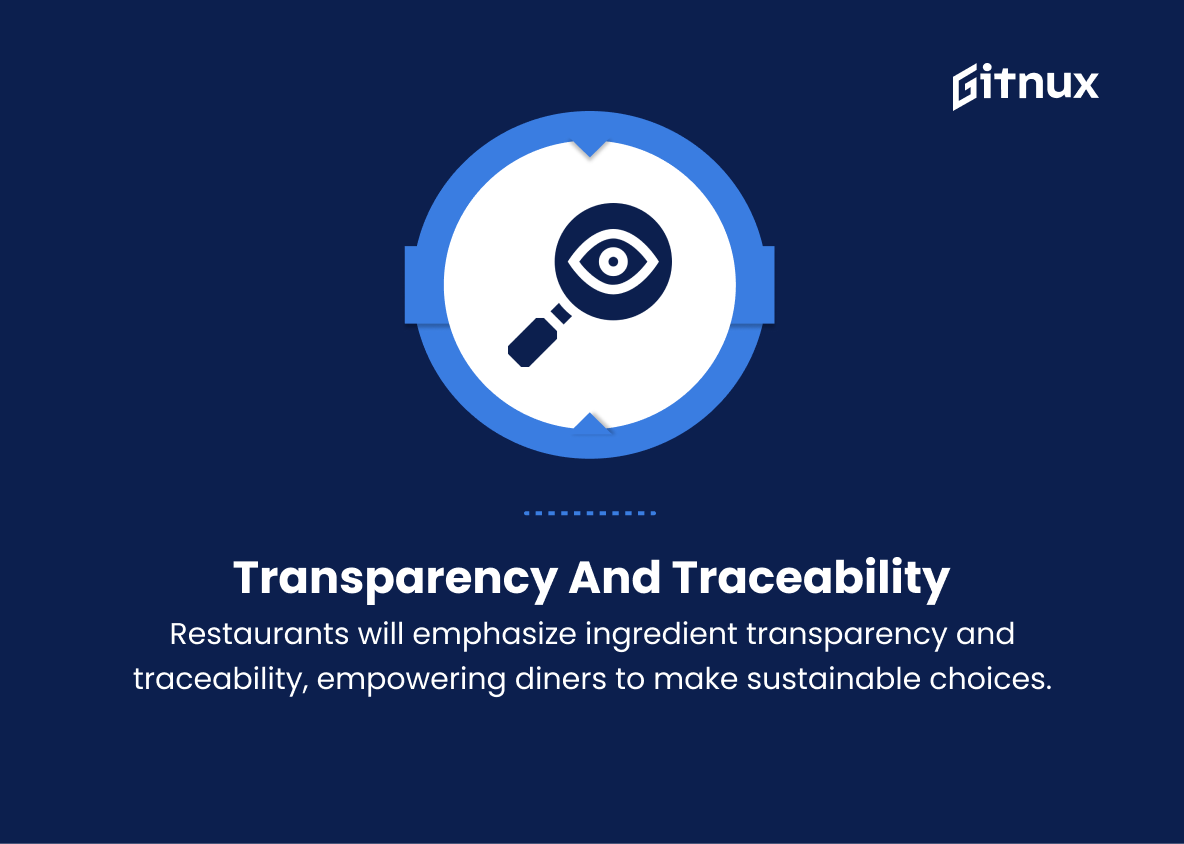As the restaurant industry continues to evolve, it is becoming increasingly important for establishments to prioritize sustainability as a means to adapt to consumer preferences, minimize environmental impacts, and boost long-term profitability. In recent years, there has been a significant shift in the perception and practices surrounding sustainability in the culinary world. By understanding and implementing current restaurant sustainability trends, industry professionals can secure their place at the forefront of this essential movement.
In this blog post, we will explore the emerging trends that are shaping the future of sustainable dining, delving into earth-friendly ingredients, waste reduction strategies, and energy-efficient measures that are driving the success of eco-conscious restaurants around the globe. Join us as we uncover the key steps to creating a greener, more ethical dining experience for all.
Top Restaurant Sustainability Trends
1. Ingredient Sourcing
More restaurants will be sourcing their ingredients from local farms, cooperatives, and producers, focusing on organic, pesticide-free, and non-GMO products. This will reduce the carbon footprint associated with transportation and support local economies.
2. Plant-Based Dining
More restaurants will offer diverse plant-based menus, responding to the increasing demand for vegan, vegetarian, and flexitarian options. This will contribute to a reduced environmental impact, as plant-based diets have a lower carbon footprint than traditional meat-based meals.
3. Zero Waste
Restaurants will aim to become as close to zero waste as possible, adopting practices such as composting, recycling, and donating excess food to local food banks or shelters. By reducing food waste, energy consumption and greenhouse gas emissions will be minimized.
4. Energy Efficiency
Restaurants will invest in energy-efficient appliances and lighting, as well as implementing smart energy usage practices to reduce energy consumption. This may include using energy-saving LED lights, solar power, and even in-house energy production using renewable sources.
5. Water Conservation
Water-saving technologies and practices will be implemented to reduce water usage in kitchens and restrooms. This could include using low-flow faucets, motion-sensor taps, and water-efficient dishwashers.
6. Sustainable Packaging
Restaurants will increasingly use eco-friendly packaging for take-out and delivery orders, turning to biodegradable, compostable, or recyclable materials instead of single-use plastics.
7. Green Building Design
Sustainable building materials and energy-efficient design principles will be incorporated into restaurant construction and renovation projects. Green roofs, natural lighting, and efficient heating and cooling systems are examples of eco-friendly design elements that can be adopted.
8. Employee Education and Training
Restaurants will invest in employee education and training to ensure staff are knowledgeable and committed to sustainability practices. This may include ongoing training on waste reduction, energy conservation, and proper recycling procedures.
9. Carbon Offsetting
Some restaurants will commit to carbon offsetting, investing in projects that help to reduce and capture greenhouse gas emissions, in order to compensate for their own carbon footprint.
10. Regenerative Agriculture
Restaurants will support farmers who practice regenerative agriculture, a holistic approach aimed at improving soil health, supporting biodiversity, and capturing carbon dioxide from the atmosphere.
11. Ocean-Friendly Seafood
More restaurants will source their seafood from sustainable and responsible fisheries, ensuring that their menus don’t contribute to overfishing or the destruction of vital ecosystems.
12. Reducing Single-Use Items
Restaurants will implement policies to limit single-use items, such as disposable cutlery, straws, and napkins, replacing them with reusable or biodegradable alternatives.
13. Transparency and Traceability
Restaurants will focus on showcasing the origins and journey of their ingredients, providing greater transparency and traceability for their customers, helping to facilitate more informed and sustainable dining choices.
Implications
As society continues to prioritize sustainability, restaurants will increasingly adapt and adopt numerous practices to minimize their environmental impact. Emphasizing locally-sourced, organic ingredients will not only reduce carbon emissions from transportation, but also support local economies and foster increased transparency in food sourcing. By diversifying their menus with a greater variety of plant-based options, restaurants can cater to evolving dietary preferences while decreasing their ecological footprint.
Zero waste initiatives will tackle food and resource waste, reducing energy consumption and emissions associated with waste management. Investing in energy-efficient appliances, lighting, and building design will further decrease energy usage, while water-saving technologies will conserve vital resources. The shift towards eco-friendly packaging and limiting single-use items will significantly decrease the restaurant industry’s reliance on plastics, benefitting the environment in the process.
Staff education will ensure that employees are knowledgeable about and committed to these sustainable practices, driving continuous improvement in the industry.
Lastly, an emphasis on sustainable seafood sourcing, support for regenerative agriculture, and carbon-offsetting initiatives will help restaurants minimize the environmental impact of their supply chain and take an active role in promoting a healthier planet.
Overall, these trends demonstrate a growing and necessary commitment to a sustainable future for the restaurant industry.
Conclusion
In conclusion, the growing awareness about environmental issues and the importance of sustainability has led to a significant shift in the restaurant industry.
Restaurant owners and operators are implementing various sustainability trends, such as sourcing local and organic ingredients, adopting energy-efficient practices, reducing food waste, and utilizing eco-friendly packaging. By embracing these trends, restaurants are not only reducing their environmental impact, but also meeting the changing demands of increasingly conscious consumers.
To ensure long-term success and survival in the competitive food service industry, it is vital for businesses to stay up-to-date with the latest sustainability practices and continuously adapt their operations to contribute to a greener, healthier planet.
